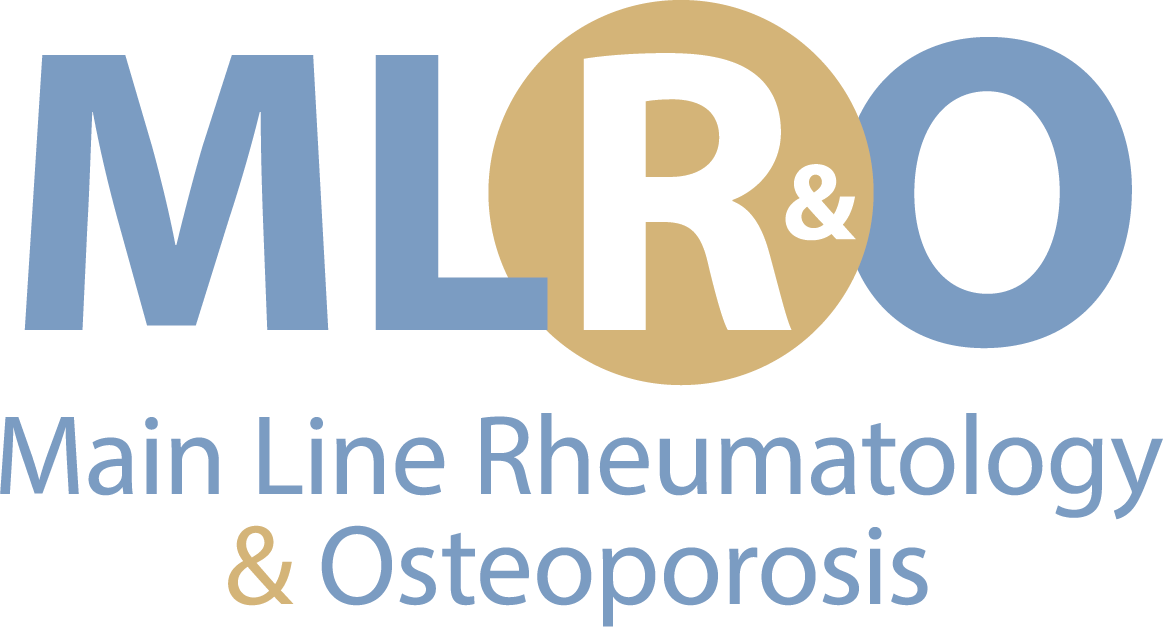Gout Treatment
Gout, once considered the disease of the rich (as they over-consumed foie gras, washed down with port wine) is a commonly seen rheumatologic problem today. Any joint can be involved, in addition to the classic big toe pain in the middle of the night. There are genetic factors, but the most common risk factors are diuretics which raise levels of uric acid. Other risk factors include alcohol, beef, organ meat and sometimes, shellfish. Diagnosis often requires aspirating fluid from a joint to analyze if urate crystals are present. It takes an experienced doctor to identify these crystals under a polarizing microscope. Having an elevated uric acid by itself, does not necessarily confirm a diagnosis.
Treatment requires addressing the acute inflammation, either with an injection of cortisone, prednisone or an anti-flammatory medication by mouth. The drug, Colchicine, has been used for hundreds of years, but unfortunately, the cost rose dramatically when the FDA unfortunately gave exclusive rights to its production to one drug company. After inflammation subsides, decisions are made whether or not long-term therapy (drugs) is indicated to prevent bone destruction and kidney stones; these drugs include allopurinol or febuxistat (Uloric). One size does not fit all and the timing and dosage of these medications need individual attention with a treatment plan. Newer drugs are being developed as well for more severe types of gout.

